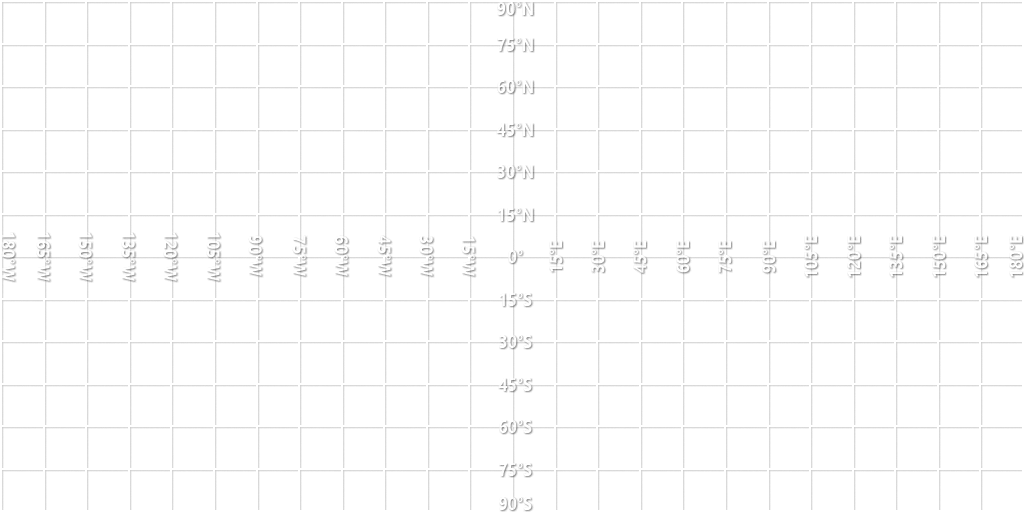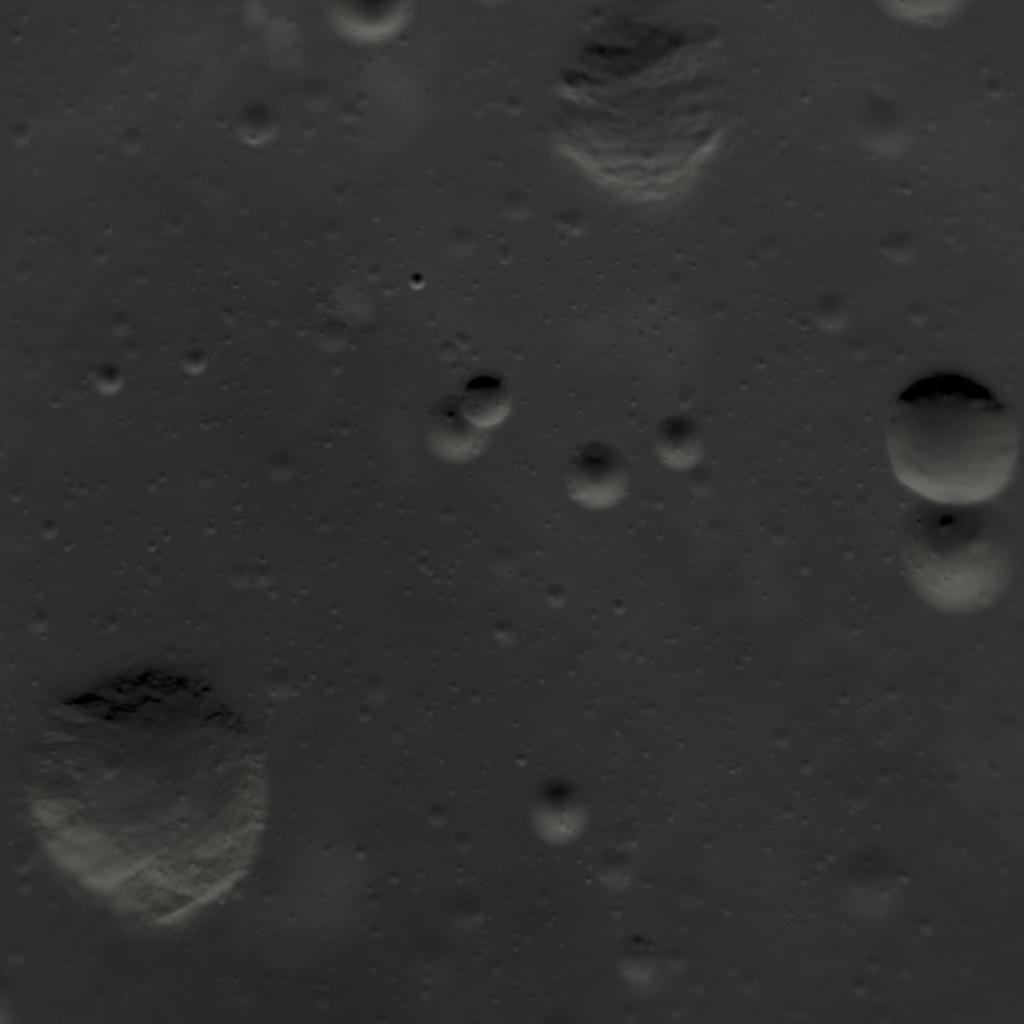"A gray rocky satellite full of large, uneroded mountains sculpted by asteroids that have impacted the surface. The darker plains are made of basalt, and are a lot smoother and younger than the highlands due to the fact that they're basically cooled down magma. Besides the plains, there are also other surface features that indicate past volcanic activity such as rilles."
While it may not seem like it from the title, this planet is one of the most complex I've ever created. It's also my first attempt at using brushes in the game, and with them I could do lots of awesome things such as controlling where I could mask complex craters (by masking everything but their location controlled by their noise's seed) without any cut-offs that would result by using a noise mask. If anybody's wondering, a mask controls (or masks if you'd like) where something can and can't appear.
Those brush maps also allowed me to actually draw rilles on the planet, allowing for much greater diversity among surface features. Speaking of which, the surface of this planet is divided into two biomes; highlands (although terrae would be a more correct term) and maria, those darker basalt plains.
For the highlands, I had one rule in mind, and that is to primarily use procedural craters of all intensities and sizes as a way to carve mountains into the surface (just like in real life). The larger craters are made up of two noises; one for the bumpiness and shape of the craters and one to simulate the lava flow and anorthosite spillage resulting from a large impact such as the one which generated that crater. The bumpiness noise, as you may have guessed, is derived from an fBm fractal. The lava flow noise, which only appears on the edges of the craters, is derived from the Ridged fractal with the gain set to negative, a rather cool trick that was first revealed to me by Pedro (which is present in one of the planet templates) and that removes some of the swirls associated with such fractal while still maintaining the erosion-esque shape that fractal provides. The larger albedo changes/colors of the highlands are made from domain warped longitude lines with their rotation changed simulating rays from large crater impacts, while the smaller albedo differences are controlled by a basic billow fractal.
For the maria, I had three things in mind to recreate; crater rays on the floor, those lone and bright mountains which I don't know exactly how to describe (Chang'e 5 landed near one), and craters with a brighter color around their edges that match up with how they look like in real life. Because there's no intuitive way to procedurally generate crater rays, I had to improvise by just using a ridged fractal, which turned out to work just fine. I generated the mountains in the maria by using an fBm mask, which masked another fBm mask, allowing some value noise using an fBm Power V2 fractal to be generated and after that, some actual height which in turn generated actual mountains! The craters' colors were easy enough to implement by just changing the slope color to be a bit lighter. Both of these biomes have yet another layer of Perlin noise for their color.
With that concludes my excruciatingly long and detailed overview of this planet, and I hope that you learned something new about planet generation or at least improved your understanding of how this one works while reading it!
GENERAL INFO
- Created On: Windows
- Game Version: 0.9.601.0
CHARACTERISTICS
- Radius: 350 km
- Sea Level: None
- Surface Gravity: 1.6 m/s
- Rotational Period: 7d 6h 31m 59s
- Escape Velocity: 1.06 km/s
- Mass: 2.97E+21kg
Atmosphere
- No Atmosphere
EQUIRECTANGULAR MAP

5 Comments
- Log in to leave a comment
-
13.8k Vedhaspace4.0 years ago
@Chtite451SR2 there are some noise in which you can can name a map name
Then go to brush map and create one -
11.5k Chtite451SR24.3 years ago
@HyperPatch sry i dont quiet understand :/
this looks very good however XD -
25.7k HyperPatch4.3 years ago
@Chtite451SR2 You have to link the name of a specific noise modifier to a brush.
-
11.5k Chtite451SR24.3 years ago
how to have support for brush on planets? i found it on stars but not on planets, idk why :/







@Vedhaspace Ok, I Think I understand Now :)
I'll try soon enough ;)